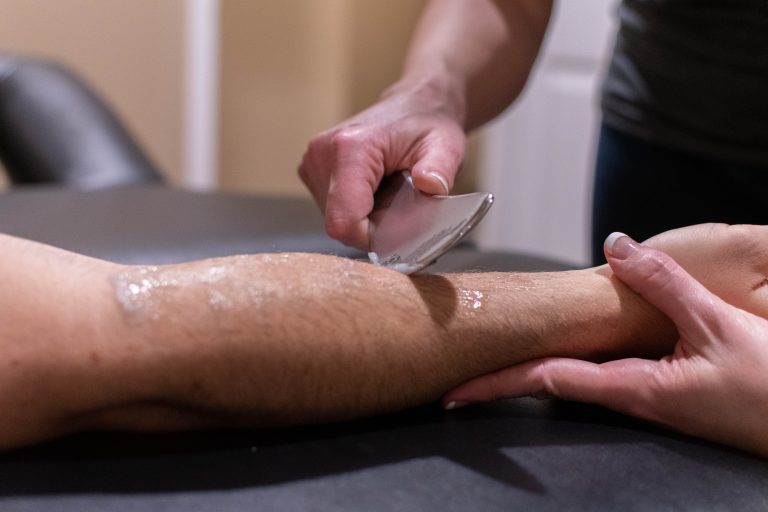
WEIGHT: 65 kg
Breast: 2
1 HOUR:70$
NIGHT: +80$
Sex services: Cum on breast, Disabled Clients, Golden shower (out), BDSM, Sauna / Bath Houses
Percutaneous endoscopic gastrostomy is used to provide enteral nutritional support for patients with obstructive oropharyngeal or esophageal neoplasms. The placement of the catheter is considered safe, with few complications. Despite this, a specific complication that is considered rare, has been increasingly described in the literature, i. In this report, we described a case of metastasis of squamous cell carcinoma of the larynx in the gastrostomy site, and discussed the possible etiologies and alternatives, seeking to reduce the incidence of this complication.
Keywords: Gastrostomy; Carcinoma, squamous cell; Neoplasm metastasis; Head and neck neoplasms; Enteral nutrition.

Endoscopic percutaneous gastrostomy EPG is used as an alternative enteral feeding route when the oral route is damaged, and the patient is unable to adequately nourish themselves, seeking to avoid malnutrition and cachexia. When the probe used to perform endoscopic gastrostomy is manipulated in the oropharyngeal region with a neoplastic lesion, it may come into contact with the tumor, and induce metastases by direct implantation of neoplastic cells in a site opened by incision on the gastric surface when passing the probe, 3 or due to scaling and subsequent implantation of tumor cells at the incision site.
A year-old male patient, in outpatient follow-up with otolaryngology and clinical oncology teams at a university hospital, due to a laryngeal squamous cell carcinoma stage IV T4N2M0 classification , treated with chemotherapy and radiation therapy, presenting with a complete response and evolving to cure. Upon diagnosis, tracheostomy and endoscopic gastrostomy were required.

The patient went to the general surgery outpatient clinic three months after remission of primary tumor, with an exophytic growth lesion in the gastrostomy orifice. He reported the onset of local pain and hyperemia two months before, evolving with hypertrophy of the skin, bleeding, subsequent skin necrosis, and fetid yellow secretion, which required several visits to the emergency department, where the gastrostomy probe was removed.




































